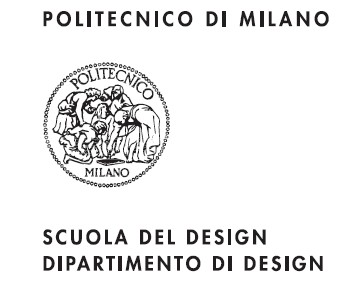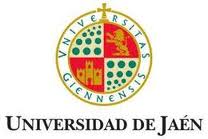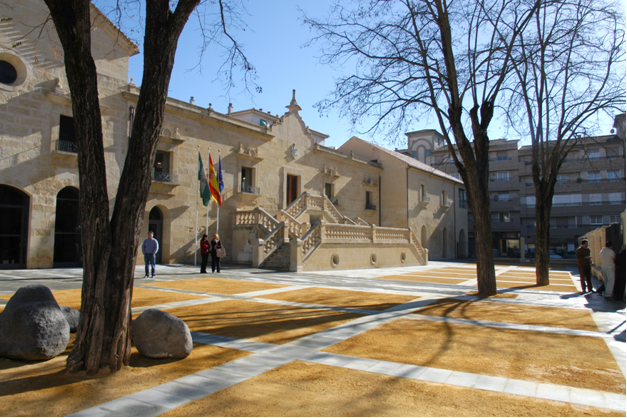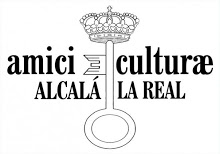ANTONIA VÍÑEZ SÁNCHEZ
INMACULADA C. VÍÑEZ DAZA
CADIZ UNIVERSITY
The main goal of this paper is to show how Shakespeare's Romeo and Juliet play is located at the junction point of two literary aesthetics in its amorous conception: on one side from the close influence of Occitan troubadour poetry, which starting from the twelfth-century expands through Europe from South France formulating “fin'amors” concepts under the form of a network of topics (automated language), and on the other side the new poetic conception, formulated after the “Dolcezza” starting point for a new vision of the “ars poetica” in Dante, and that under the influence of Italian humanism will lead to Petrarch as the first great solo poet.
Shakespeare represents the fusion of these poetic traditions at the same time that presents a fiercely personal language, in which he will be capable to reconcile middle ages and renaissance, topic and metaphor, being the modality of synesthetic metaphor one of his main linguistic weapons.
In this proposal, we will review in depth the debt of The Bard with Provencal and Stilnovist poetic traditions, the inherited common loci, a fact that will allow us to value his unquestionable personal linguistic virtuosism.
TRADICIÓN Y ORIGINALIDAD: DEL TÓPICO A LA METÁFORA SINESTÉSICA EN ROMEO AND JULIET DE WILLIAM SHAKESPEARE.
ANTONIA VÍÑEZ SÁNCHEZ
INMACULADA C. VÍÑEZ DAZA
Universidad de Cádiz
Nuestro principal objetivo con el presente trabajo es mostrar que la obra de W. Shakespeare Romeo and Juliet se sitúa en un punto de confluencia de dos estéticas literarias en su concepción amorosa: por un lado, la influencia cercana aún de la poesía trovadoresca occitana, que a partir del siglo XII se expande por Europa desde el sur de Francia formulando los conceptos de la fin'amors bajo la forma de un entramado de tópicos (lenguaje automatizado) y, por otro, la nueva concepción poética, formulada a partir de la “Dolcezza” que es punto de partida para una nueva visión del arte poético en Dante, y que bajo la influencia del Humanismo italiano nos conducirá hasta Petrarca como primer gran poeta individual.
Shakespeare supone la fusión de estas tradiciones poéticas a la par que presenta un lenguaje rabiosamente personal, en el que será capaz de conciliar Medievo y Renacimiento, Tópico y Metáfora, siendo la modalidad de la Metáfora sinestésica una de sus principales armas lingüísticas.
En la presente propuesta, revisaremos en profundidad la deuda de El Bardo con las tradiciones poéticas provenzal y stilnovista, los loci comunes heredados, hecho que nos permitirá valorar su incuestionable virtuosismo lingüístico personal.
|










